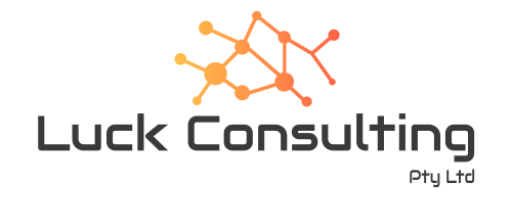The forthcoming Ehcache 1.6.0 is compatible and works with Google App Engine. You can get it now from ehcache snapshots.
Google App Engine provides a constrained runtime which restricts networking, threading and file system access. All features of Ehcache can be used except for the DiskStore and replication. Having said that, there are workarounds for these limitations.
Why use Ehcache with Google App Engine?
Ehcache cache operations take a few ?s, versus around 60ms for Google’s provided client-server cache memcacheg (as reported on cloudstatus.com). Because it uses way less resources, it is also cheaper.
You can also store non-Serializable objects in it. And finally there is the rich Ehcache API that you can leverage.
Recipes
Setting up Ehcache as a local cache in front of memcacheg
The idea here is that your caches are set up in a cache hierarchy. Ehcache sits in front and memcacheg behind. Combining the two lets you elegantly work around limitations imposed by Googe App Engine. You get the benefits of the ?s speed of Ehcache together with the umlimited size of memcached.
Ehcache contains the hooks to easily do this.
To update memcached, use a CacheEventListener .
To search against memcacheg on a local cache miss, use cache.getWithLoader() together with a CacheLoader for memcacheg.
Using memcacheg in place of a DiskStore
In the CacheEventListener , ensure that when notifyElementEvicted() is called, which it will be when a put exceeds the MemoryStore’s capacity, that the key and value are put into memcacheg.
Distributed Caching
Configure all notifications in CacheEventListener to proxy throught to memcacheg.
Any work done by one node can then be shared by all others, with the benefit of local caching of frequently used data.
Dynamic Web Content Caching
Google App Engine provides acceleration for files declared static in appengine-web.xml.
e.g.
You can get acceleration for dynamic files using Ehcache’s caching filters as you usually would.
Getting Started
To get started see the Ehcache with Google App Engine HowTo.
